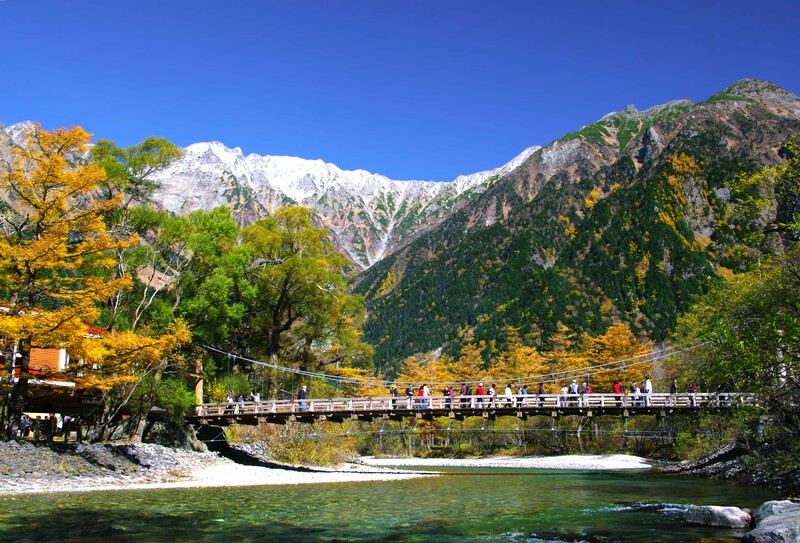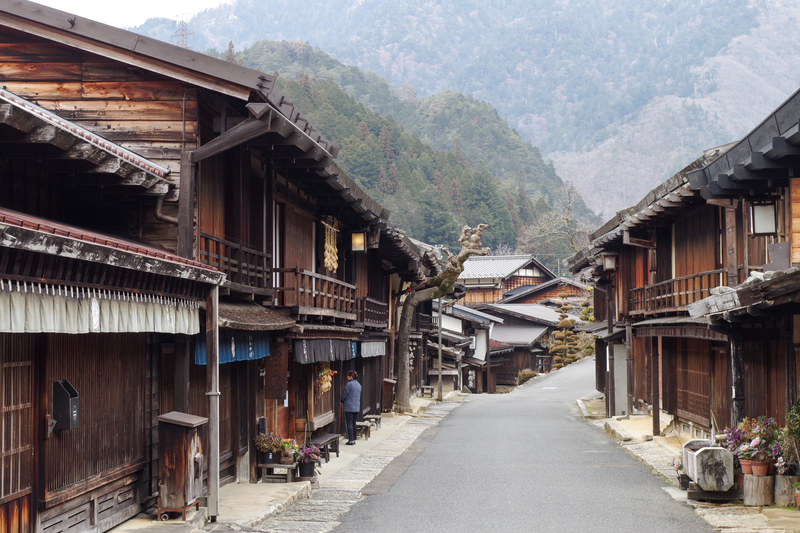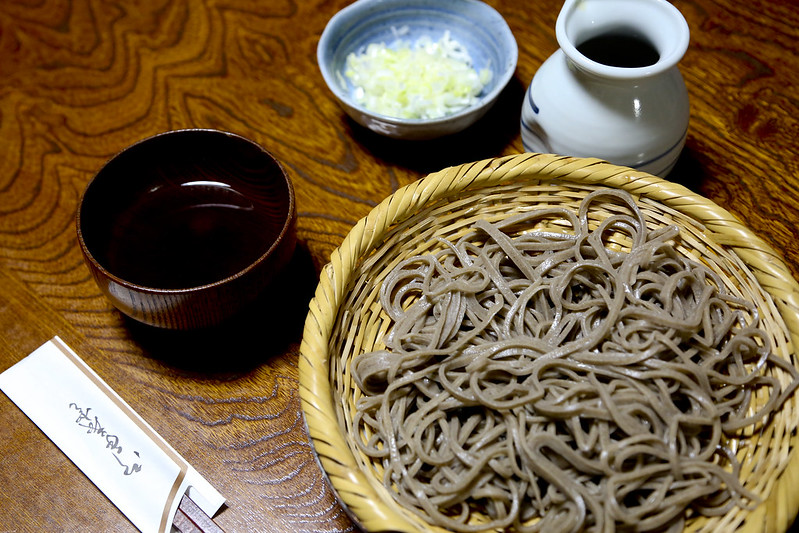About Nagano

Located in the center of Japan, Nagano’s landscape is defined by the towering mountains of the Japanese Alps. 15 out of 23 of Japan’s 3,000-meter-high mountains are here, earning Nagano the nickname, “the Roof of Japan.”
With the Hokuriku Shinkansen bullet train, numerous express trains and highways, Nagano is well-connected to major cities such as Tokyo, Nagoya, Kyoto and Osaka. It is also conveniently located near such premier sightseeing spots as Mt. Fuji, Hida-Takayama, Shirakawa-go, Kanazawa, and the Tateyama Kurobe Alpine Route.
A Treasure Trove of Nature and Hot Springs

Thanks to its mountainous and difficult terrain, Nagano retains a wealth of natural beauty, and 80% of it is covered in forests. There are five national parks in Nagano, and there are hundreds of hiking and trekking trails through the region’s many mountains and forests. Kamikochi is one of the most popular destinations for outdoor enthusiasts in Nagano. Numerous ropeways, such as the Komagatake Ropeway, make reaching the highest parts of the prefecture a breeze.
And as you may know from seeing the hot-spring-bathing snow monkeys of Jigokudani Wild Snow Monkey Park, Nagano is blessed with an abundance of geothermal hot springs, or onsen. There are many hot spring resorts around the prefecture such as Yudanaka Shibu Onsen, Hirugami Onsen and Bessho Onsen, where you can leisurely soak away your worries and fatigue.
Historic Sites and Ancient Trails

Due to its central location, Nagano was an important hub for trade, travel, and pilgrimage, and many significant historical sites remain to this day.
Zenkoji Temple was one of Nagano’s most important pilgrimage destinations, attracting devout Buddhists from around the country for over 1,200 years. Togakushi Shrine, not far from Zenkoji, was a haunt of mountain ascetics seeking enlightenment.
The Nakasendo, constructed during the Edo Period, connected the former capital of Kyoto with the new capital of Edo, and 69 post-towns were established alongside it to support travelers. Several of those towns, namely Tsumago-juku, Magome-juku, and Narai-juku, have largely retained their Edo period appearance.
At the very center of Nagano Prefecture is Matsumoto Castle, one of Nagano’s most proud heritage sites, and one of the only original castle keeps remaining in Japan. Its bold black-and-white exterior and complex construction is a sight to see.
Delicious and Healthy Local Food
Thanks to the crisp, clean water and air, Nagano is famous for soba noodles, apples and sake, grapes and wine, as well as oyaki dumplings, gohei mochi snacks, bamboo leaf-wrapped sasa-zushi. These and other traditional foods are part of Nagano’s culinary heritage and one of the prefecture’s biggest attractions.

Not only is the food good, but healthy too! The people of Nagano are some of the longest living people in the world, with an average life expectancy of over 82 years for men and over 88 years for women.
Nagano Prefecture’s Climate
Its climate is temperate, with average summer temperatures in the high 20s to low 30s (Celsius) and average winter temperatures falling just below freezing.
It has four distinct seasons with beautiful scenery in each. In April, you can see beautiful cherry blossoms. From July to August, stroll through verdant forests and fields of highland flowers. From late September to mid-November, watch vivid red and yellow foliage descend from the mountaintops. And from late December to March, enjoy the heavy snowfall that carpets the valleys.


Tips on What to Wear

Spring (April – June) / Fall (Sept. – Nov.)
Rubber-soled footwear for walking is best. The temperature can be chilly in the morning and evening, but can reach over 20゚C (68゚F) in the afternoon. (Average temperatures are over 10゚C (50゚F).) It is best to wear a light jacket that can be easily put on and taken off.

Summer (July – August)
It can become quite humid, and hot with temperatures over 30゚C (86゚F). It’s best to wear loose fitting clothes with breathable fabric. It’s advisable to wear a hat to protect from the strong sunlight.

Winter (Dec. – March)
Some days, the temperature can be as low as -10゚C (14゚F). Dress warmly, wearing a thick jacket. Coats are advisable if going to the mountains.

